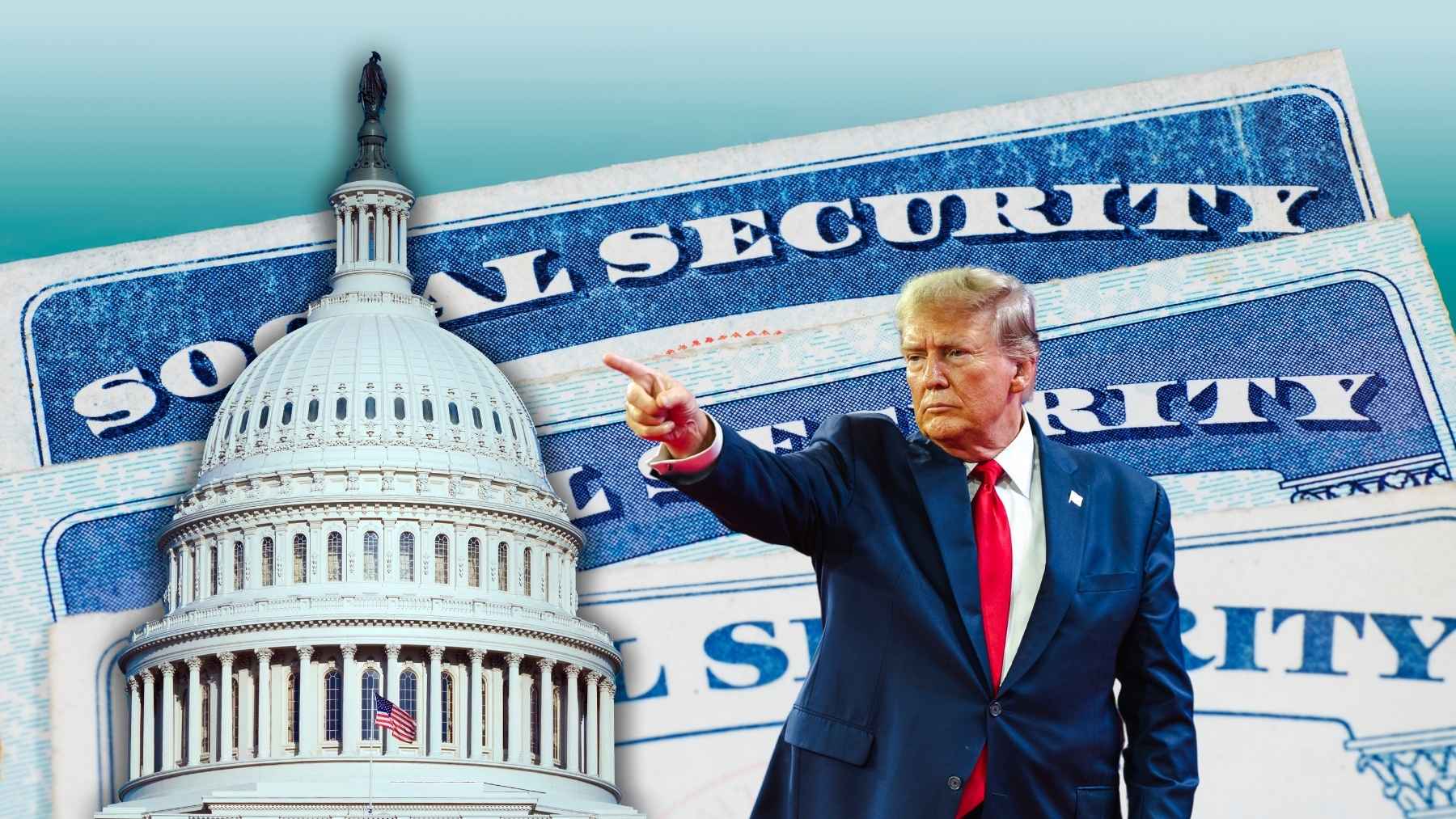2025 has been a roller coaster for Social Security. The year began with the Social Security Fairness Act being signed into law and effectively restoring the full benefits to millions of public sector workers. Following the Trump Administration’s election to office, the Department of Government Efficiency (DOGE) had been deployed at the Social Security Administration (SSA) to enact cutbacsk — and spark persistent criticism from former SSA officials, lawmakers, and advocates.
Currently, there are well over 70 million beneficiaries in the Social Security program, however, these tens of millions of vulnerable individuals may soon be hit with hefty cuts to their benefits due to the projected and accelerating shortfall of a major trust fund, as per the annual report from the Social Security Board of Trustees. Lawmakers are being urged to make some sort of sustainable change to the program in the present to prevent the projected insolvency.
While major sustainable change is required to maintain the financial health of the program in the long-run, an array of changes have already been occurring throughout the course of this year. Here is a breakdown.
Social Security under the Trump Administration
The One Big Beautiful Bill Act
One of the most notable of changes affecting Social Security in 2025 would be the One Big Beautiful Bill Act. Under the OBBBA, seniors aged 65 or older will qualify for an additional tax deduction of $6,000 for single filers, and $12,000 for couples, provided their income does not exceed a $75,000 threshold for single files, and $150,000 for joint filers.
This tax relief will only be in place for a temporary period starting in 2025 and ending in 2028. Due to the changes in income threshold, this tax deduction will result in the majority of seniors being exempt from paying taxes on the benefits, and as a result, the White House had been framing this tax relief as the elimination of tax on Social Security for almost all seniors. It is, however, important to note that tax on benefits has not been eliminated.
No paper checks
A March executive order has stipulated that the use of paper based payments will be phased out of the broader federal government as of September 30th, and this includes federal agencies such as the SSA. The SSA has, however, shared confirmation that paper checks will still be disbursed to those who require it. Even before the executive order, more than 99% of beneficiaries had already been receiving their benefits electronically. As such, the remaining >1% of paper check recipients are encouraged to switch over to either a Direct Deposit or a Direct Express Card.
Overpayments
As of July 24th, the SSA has started to withhold 50% of the check of a beneficiary with an overpayment balance. Notices informing beneficiaries of the withholding rate were sent out on April 24th. Recipients then had 90 days to take action against the notice by either filing an appeal, applying for a waiver of repayment, or negotiating a lower rate of withholding.
Low staffing and office closures
In February, the SSA announced its plans to reduce staff from 57,000 employees to around 50,000, with several field offices also slated for closure. While the SSA has affirmed that the closures of these offices are not permanent, the agency is still currently running with its lowest staff count on record in decades. SSA Commissioner Frank Bisignano previously shared that he hopes to make the SSA a “digital first organization” and has been updating the technology and systems at the agency to ensure customer service is not interrupted.
Identity verification
In August, the SSA was meant to implement an anti-fraud measure that would remove the option of verifying one’s identity over the phone. Instead, callers would be required to provide a one-time pin from their online account when trying to conduct routine tasks over the phone. This change sparked backlash from advocates and lawmakers and the agency subsequently reversed these plans stating the OTP verification was optional.
COLA announcement delay
The Cost of Living Adjustment announcement which is usually made during October will be delayed this year due to the ongoing government shutdown. The COLA is an increase implemented to benefits on a yearly basis in order to counter the effects of inflation. The COLA is calculated using data released by the Bureau of Labor Statistics, however, due to the current shutdown, the BLS has ceased operations. As such, the COLA announcement will be delayed indefinitely.

